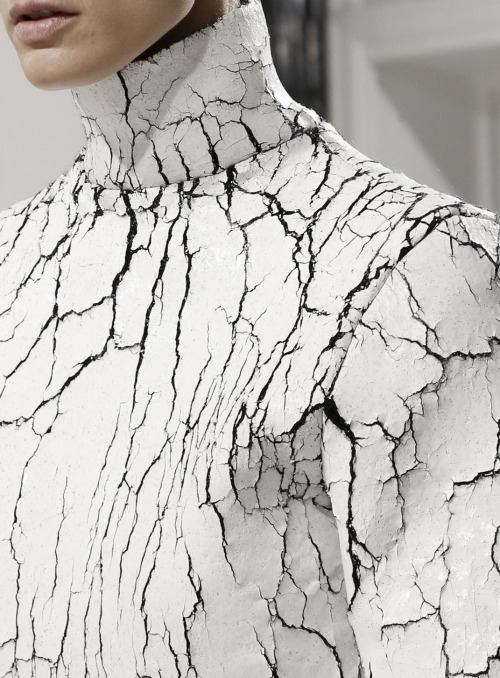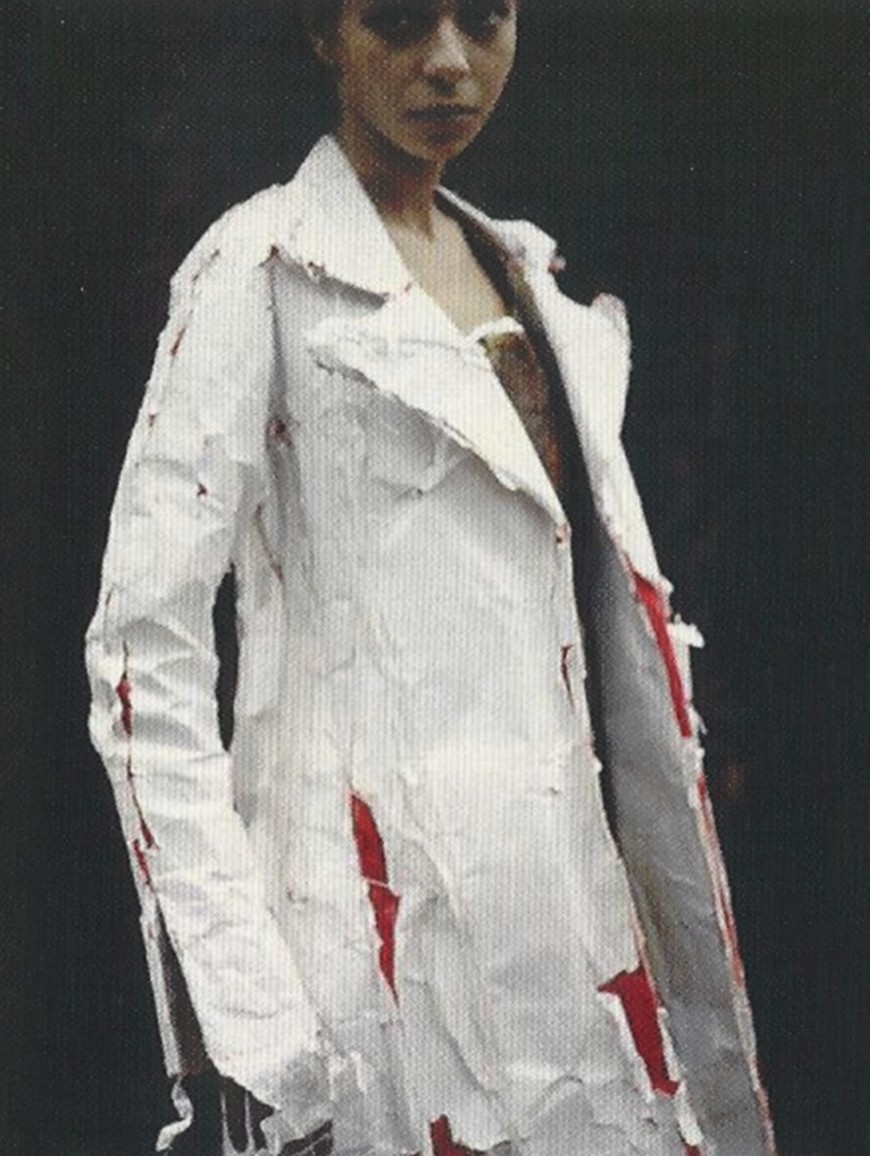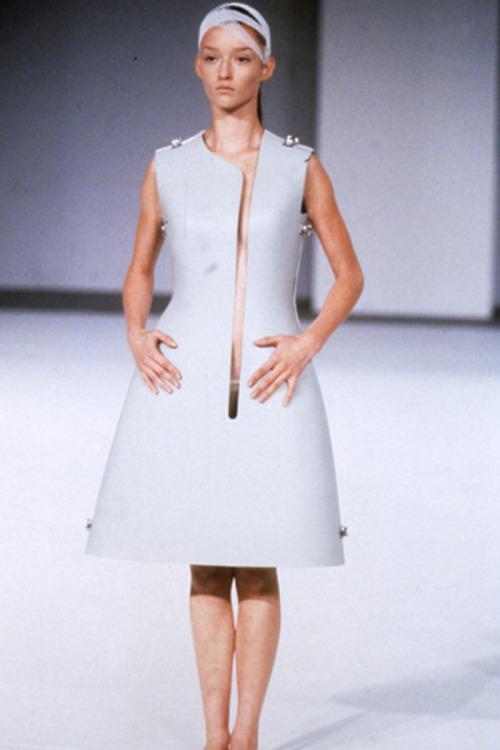Many (myself included) were extremely dubious when it was announced earlier this year that Alexander Wang had been chosen as Balenciaga's new creative director. Wang's predecessor, Nicholas Ghesquière, had previously turned the brand into a true fashion powerhouse, gaining respect for his futuristic aesthetic and experimental silhouettes, making the task of replacing such an influential director would be tricky. Not to mention that Wang's own eponymous collection is based heavily on luxe sportswear - often choosing to work mainly with leather and jersey, it was widely questioned as to whether or not Wang was versatile enough to take the helm of such a renowned fashion house. After impressing the fashion crowd with his Fall 2013 collection, this Resort 2014 collection has only proven further that he is entirely capable of the task at hand.
 |
| Balenciaga Fall 2013 |
Once again, despite the brilliance of the collection it was evident that Wang was tentative about dividing opinion, choosing to stay away from colour entirely and focus on a colour palette comprising of black, white and several muted shades of grey. The lack of colour gave an elegant simplicity to the collection, allowing the focus to be the unusual, sculptural silhouettes. There were several examples of Wang choosing to play with proportions - for example, bandeau crop tops were teamed with cropped bolero jackets and lean black trousers, Wang's playful take on the tuxedo for summer.






